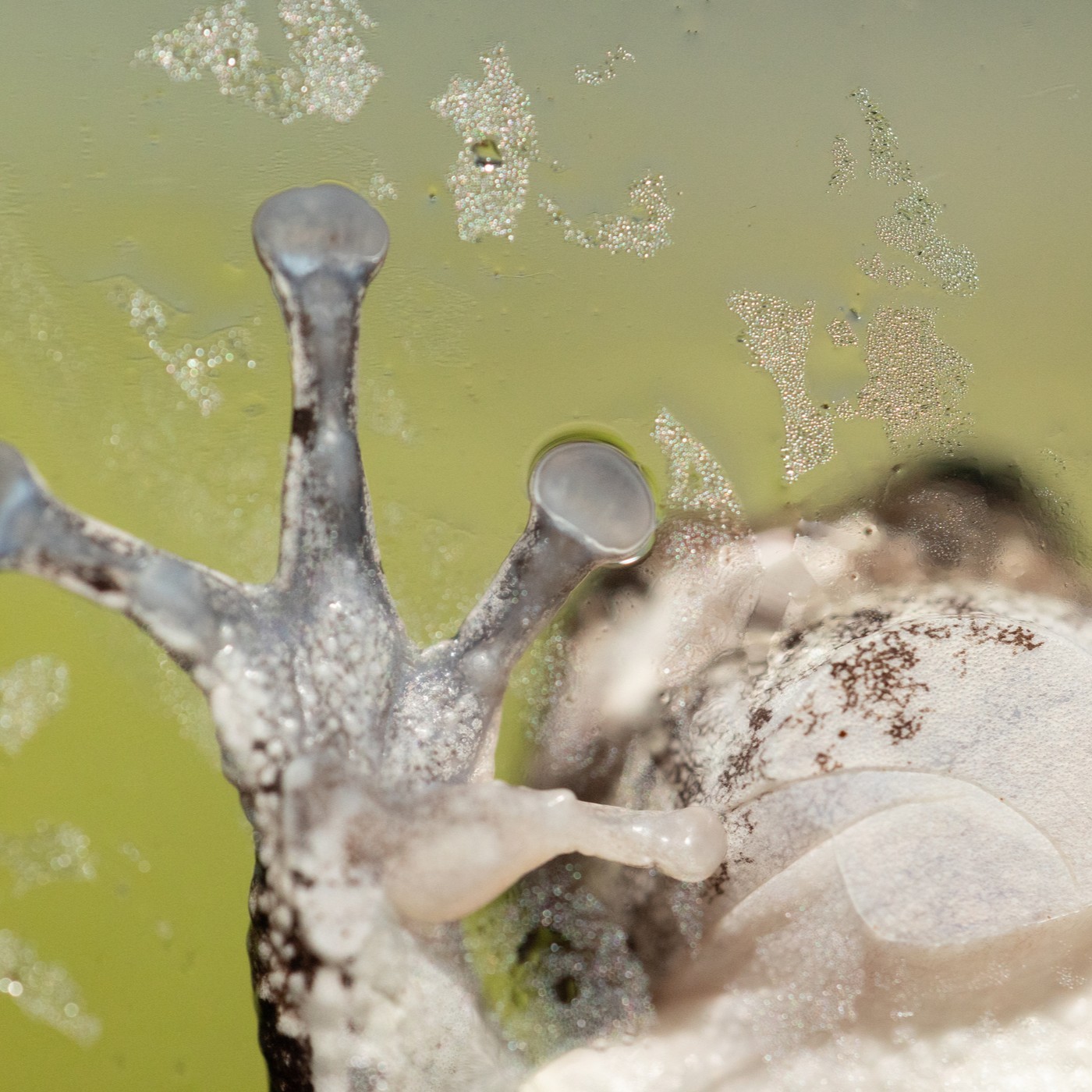- The fascinating biology and behaviors of tree frogs: Learn about these extraordinary amphibians and how they interact with their environment, focusing on their unique adaptations.
- Macro photography and its role in conservation: Discover how close-up imagery contributes to wildlife conservation efforts and helps in educating the public about biodiversity.
- Zoo management practices for amphibian conservation: Gain insight into the critical practices that support the preservation of tree frogs in zoological settings.
- The importance of wildlife conservation and education: Understand the significance of conserving amphibian habitats and the role education plays in promoting these efforts.
- Engaging with nature through interactive experiences like Macro Monday: Explore how initiatives like Macro Monday can foster a deeper connection with the natural world and encourage conservation action.
Tree frogs are an intriguing group of amphibians distinguished by their remarkable adaptations to arboreal life. Found predominantly in tropical and subtropical regions, tree frogs exhibit diverse size, coloration, and behavior. These amphibians have evolved specialized pads on their feet that allow them to adhere to various surfaces, an adaptation crucial for their tree-dwelling lifestyle. Their vivid colors often serve as a defense mechanism, either through camouflage or warning potential predators of their toxicity.
Tree frogs are primarily nocturnal, which reinforces their reliance on excellent vision, another adaptive trait well-suited to their treetop habitat. Most species are insectivorous, playing a vital role in controlling insect populations. Additionally, they are known for their vocalizations, which are used for communication within their species, especially during the breeding season. The calls can range from melodic to cacophonous but serve as an effective means for attracting mates and asserting territory.
Macro photography plays a vital role in bringing the minute details of organisms like tree frogs to the forefront. The intricate patterns and colors of tree frogs can be captured in astonishing detail using macro lenses, revealing their beauty and biological complexity. This photographic approach not only engages the public by showcasing the natural beauty of these animals but also supports scientific research by documenting species populations and conditions in their natural habitat.
Macro photography aids conservationists in highlighting the rich biodiversity that exists within ecosystems and serves as a tool for education and awareness. It is an art form that can inspire curiosity, empathy, and action, fostering a deeper understanding of the intricate balance of life and the critical importance of preserving natural habitats.
In zoological settings, the management of amphibians such as tree frogs involves specialized practices designed to replicate their natural habitats as closely as possible. Factors like humidity, temperature, and foliage must be carefully regulated to provide an optimal living environment. Such conditions are crucial for the health and breeding success of amphibians in captivity.
Zoologists and zoo managers are pivotal in implementing conservation strategies often in partnership with global initiatives aimed at species preservation. This involves not only habitat simulation but also engagement in global breeding programs and research endeavors. These programs serve as genetic reservoirs for species at risk of extinction due to habitat loss, climate change, and disease.
The conversation around wildlife conservation often underscores the importance of education. Tree frogs face significant threats from environmental changes, making it imperative to advocate for their habitats. Conservation organizations work tirelessly to engage the public and promote understanding about amphibians and their critical roles in ecosystems.
Educational programs highlight the importance of amphibian conservation and often employ interactive experiences to engage their audiences. Initiatives like Macro Monday encourage a hands-on approach to learning about nature. Such programs can cultivate a lasting connection with the natural world by allowing participants to engage directly with wildlife, fostering both understanding and a sense of responsibility to protect these creatures.
Macro Monday events, where enthusiasts share close-up photos of frogs and other small creatures, are becoming popular worldwide. These platforms allow nature enthusiasts to celebrate and raise awareness of the intricate beauty of tree frogs from multiple perspectives. Each high-five from a tree frog captured through a lens goes beyond mere documentation; it forms a narrative that can inspire action and foster a commitment to conservation.
By involving people in these intimate experiences, conservationists aim to instill a deeper appreciation for biodiversity. The curiosity that macro photography ignites can drive attention to lesser-known species, support education, and ultimately help in conserving tree frog populations and their habitats across the globe.
*****
Source Description
Macro Monday: your first high-five from a tree frog. 🐸


